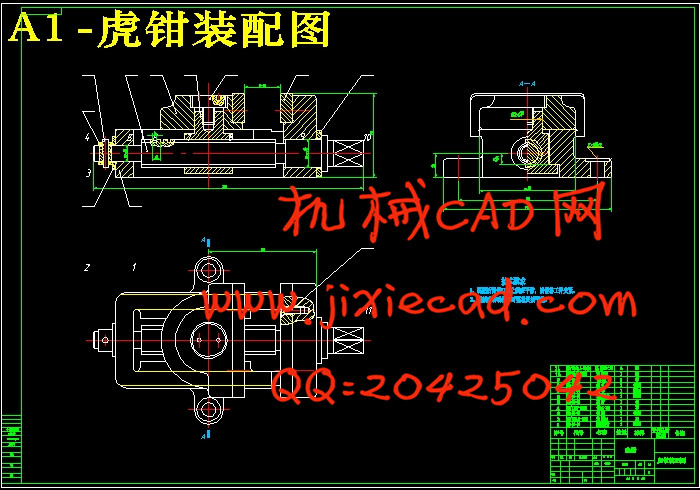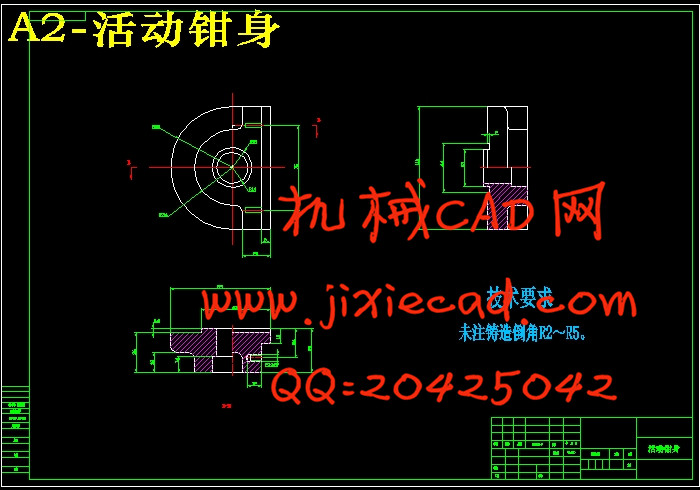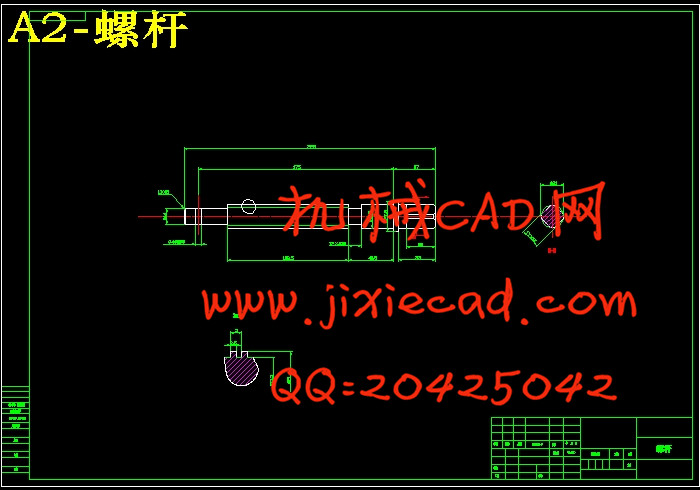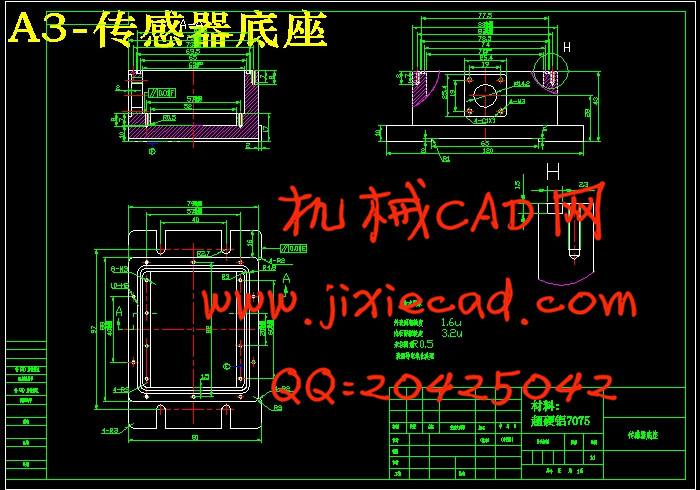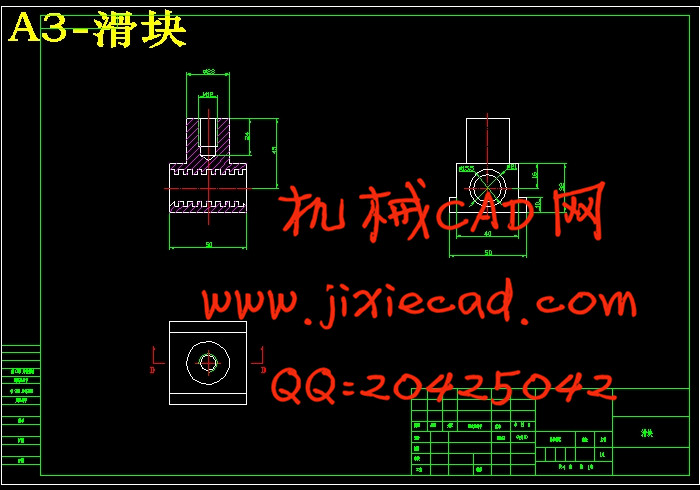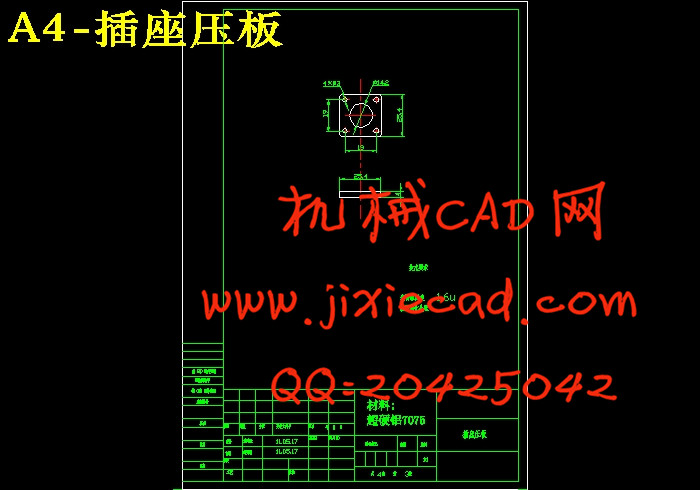设计简介
摘要
姿态传感器是检测载体姿态角度变化的一种重要工具,它在军事、工业、三航以及日常生活等领域中有着非常重要的作用。本文主要根据MEMS 陀螺仪而设计出新型三维姿态传感器,该传感器可以进行三个方向的检测,同时也适用于各种环境下的角度测量。
本文首先对MEMS 技术和姿态传感器技术发展与存在的问题进行了介绍。然后通过原理的分析、加速度和角速度与角度之间的转换关系的介绍,设计出姿态传感器的整体框架图,并根据框架图进行了具体的设计,其中包括以下各部分内容:
本论文中对零件进行了详细分析,在此基础上对零件加工要求进行分析,最终确定毛坯材料,选择定位基准,并留出适当的加工余量。综合分析制定出零件加工工艺路线。得到工艺路线后,需要对工艺路线中的具体参数进行计算,计算加工余量,计算切削用量,并根据计算结果选择机床。
关键词:陀螺仪;姿态传感器;微机电系统;工艺规程设计;加工余量;工艺计算
Abstract
Attitude sensor is an important tool to detect a change in attitude angle,its detection has a very important role in military, industrial,aerospace, navigation and in daily life.In this paper,based on MEMS gyroscope design a new type of three-dimensional attitude sensor,the sensor can test the three direction angle,also suitable for measuring the angle of a variety of environments.
This article first to the MEMS technology and attitude sensor technology evelopment and the existing problems are introduced. And then through the analysis of the principle, the transformation of the relationship between the acceleration and angular velocity and Angle is introduced,design the overall framework of attitude sensor,and according to the frame has carried on the detailed design, including the following parts of:
This thesis of parts are analyzed in detail,On the basis of the parts processing requirements analysis,Ultimately determine the blank material, choose the locating datum, and stay out of the appropriate machining allowance. Comprehensive analysis and formulates the components processing technological route. Get process, need to process in the specific parameters are calculated, calculate the machining allowance, cutting parameters.
Key Words:gyroscope; attitude sensor; micro-electro-mechanical systems;Process planning; Machining allowance;Process calculation
目录
摘要 I
目录 III
1 绪论 1
1.1 课题的背景及意义 1
1.2 国内外现状及存在问题 2
1.2.1 姿态传感器在国外的发展现状 2
1.2.2 姿态传感器在国内的发展现状 3
1.2.3 姿态传感器的存在问题 4
1.3 发展趋势和未来展望 5
1.3.1 发展趋势 5
1.3.2 未来展望 5
1.4 本文研究的目的和意义 6
2 三维姿态传感器的检测原理 8
2.1MEMS 陀螺仪的原理与构成 8
2.1.1 MEMS 陀螺仪的工作原理 8
2.1.2 MEMS 陀螺仪的构成 9
2.2 三维姿态传感器的工作原理 9
2.2.1 工作原理 9
2.2.2 三维姿态传感器的主要技术指标 9
2.3 角度之间的转换原理 10
2.3.1 加速度转换角度的关系 10
2.3.2 角速度转换角度的关系 11
2.4 本章小结 12
3 传感器底座与顶盖工艺规程编制 13
3.1 毛坯的确定 13
3.2 零件材料的选择 13
3.3 基准的选择原则 14
3.3.1 粗基准的选择 14
3.3.2 精基准的选择 15
3.4 零件加工工艺方案分析 15
3.5 工艺方案的技术经济分析 17
3.6 拟定工艺路线 20
3.6.1 零件各表面加工顺序的确定 20
3.6.2 工序的组合 20
3.7 确定工序加工余量、工序尺寸及公差的方法 21
3.7.1 选择工序加工余量 21
3.7.2 加工余量确定 24
3.7.3 计算工序尺寸及公差 25
3.8 零件数控加工工艺过程设计 26
3.8.1 底座工件 26
3.8.2 顶盖工件 28
3.9 零件数控铣削加工工序 29
3.9.1 底座工件 29
3.9.2 底座工件 31
4 结论与展望 33
4.1 结论 33
4.2 不足之处及未来展望 33
致 谢 34
参考文献 35
附录 V
姿态传感器是检测载体姿态角度变化的一种重要工具,它在军事、工业、三航以及日常生活等领域中有着非常重要的作用。本文主要根据MEMS 陀螺仪而设计出新型三维姿态传感器,该传感器可以进行三个方向的检测,同时也适用于各种环境下的角度测量。
本文首先对MEMS 技术和姿态传感器技术发展与存在的问题进行了介绍。然后通过原理的分析、加速度和角速度与角度之间的转换关系的介绍,设计出姿态传感器的整体框架图,并根据框架图进行了具体的设计,其中包括以下各部分内容:
本论文中对零件进行了详细分析,在此基础上对零件加工要求进行分析,最终确定毛坯材料,选择定位基准,并留出适当的加工余量。综合分析制定出零件加工工艺路线。得到工艺路线后,需要对工艺路线中的具体参数进行计算,计算加工余量,计算切削用量,并根据计算结果选择机床。
关键词:陀螺仪;姿态传感器;微机电系统;工艺规程设计;加工余量;工艺计算
Abstract
Attitude sensor is an important tool to detect a change in attitude angle,its detection has a very important role in military, industrial,aerospace, navigation and in daily life.In this paper,based on MEMS gyroscope design a new type of three-dimensional attitude sensor,the sensor can test the three direction angle,also suitable for measuring the angle of a variety of environments.
This article first to the MEMS technology and attitude sensor technology evelopment and the existing problems are introduced. And then through the analysis of the principle, the transformation of the relationship between the acceleration and angular velocity and Angle is introduced,design the overall framework of attitude sensor,and according to the frame has carried on the detailed design, including the following parts of:
This thesis of parts are analyzed in detail,On the basis of the parts processing requirements analysis,Ultimately determine the blank material, choose the locating datum, and stay out of the appropriate machining allowance. Comprehensive analysis and formulates the components processing technological route. Get process, need to process in the specific parameters are calculated, calculate the machining allowance, cutting parameters.
Key Words:gyroscope; attitude sensor; micro-electro-mechanical systems;Process planning; Machining allowance;Process calculation
目录
摘要 I
目录 III
1 绪论 1
1.1 课题的背景及意义 1
1.2 国内外现状及存在问题 2
1.2.1 姿态传感器在国外的发展现状 2
1.2.2 姿态传感器在国内的发展现状 3
1.2.3 姿态传感器的存在问题 4
1.3 发展趋势和未来展望 5
1.3.1 发展趋势 5
1.3.2 未来展望 5
1.4 本文研究的目的和意义 6
2 三维姿态传感器的检测原理 8
2.1MEMS 陀螺仪的原理与构成 8
2.1.1 MEMS 陀螺仪的工作原理 8
2.1.2 MEMS 陀螺仪的构成 9
2.2 三维姿态传感器的工作原理 9
2.2.1 工作原理 9
2.2.2 三维姿态传感器的主要技术指标 9
2.3 角度之间的转换原理 10
2.3.1 加速度转换角度的关系 10
2.3.2 角速度转换角度的关系 11
2.4 本章小结 12
3 传感器底座与顶盖工艺规程编制 13
3.1 毛坯的确定 13
3.2 零件材料的选择 13
3.3 基准的选择原则 14
3.3.1 粗基准的选择 14
3.3.2 精基准的选择 15
3.4 零件加工工艺方案分析 15
3.5 工艺方案的技术经济分析 17
3.6 拟定工艺路线 20
3.6.1 零件各表面加工顺序的确定 20
3.6.2 工序的组合 20
3.7 确定工序加工余量、工序尺寸及公差的方法 21
3.7.1 选择工序加工余量 21
3.7.2 加工余量确定 24
3.7.3 计算工序尺寸及公差 25
3.8 零件数控加工工艺过程设计 26
3.8.1 底座工件 26
3.8.2 顶盖工件 28
3.9 零件数控铣削加工工序 29
3.9.1 底座工件 29
3.9.2 底座工件 31
4 结论与展望 33
4.1 结论 33
4.2 不足之处及未来展望 33
致 谢 34
参考文献 35
附录 V


